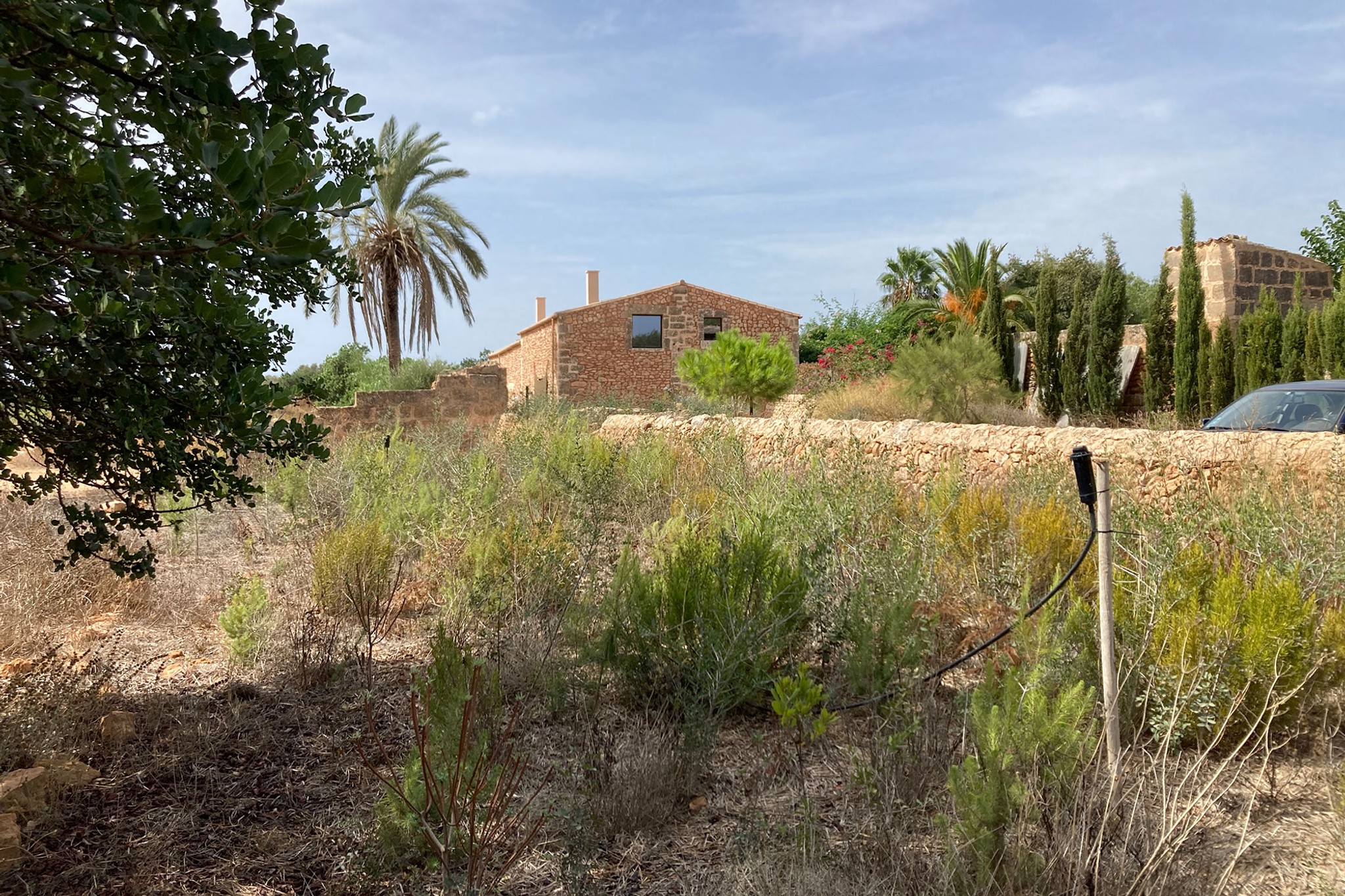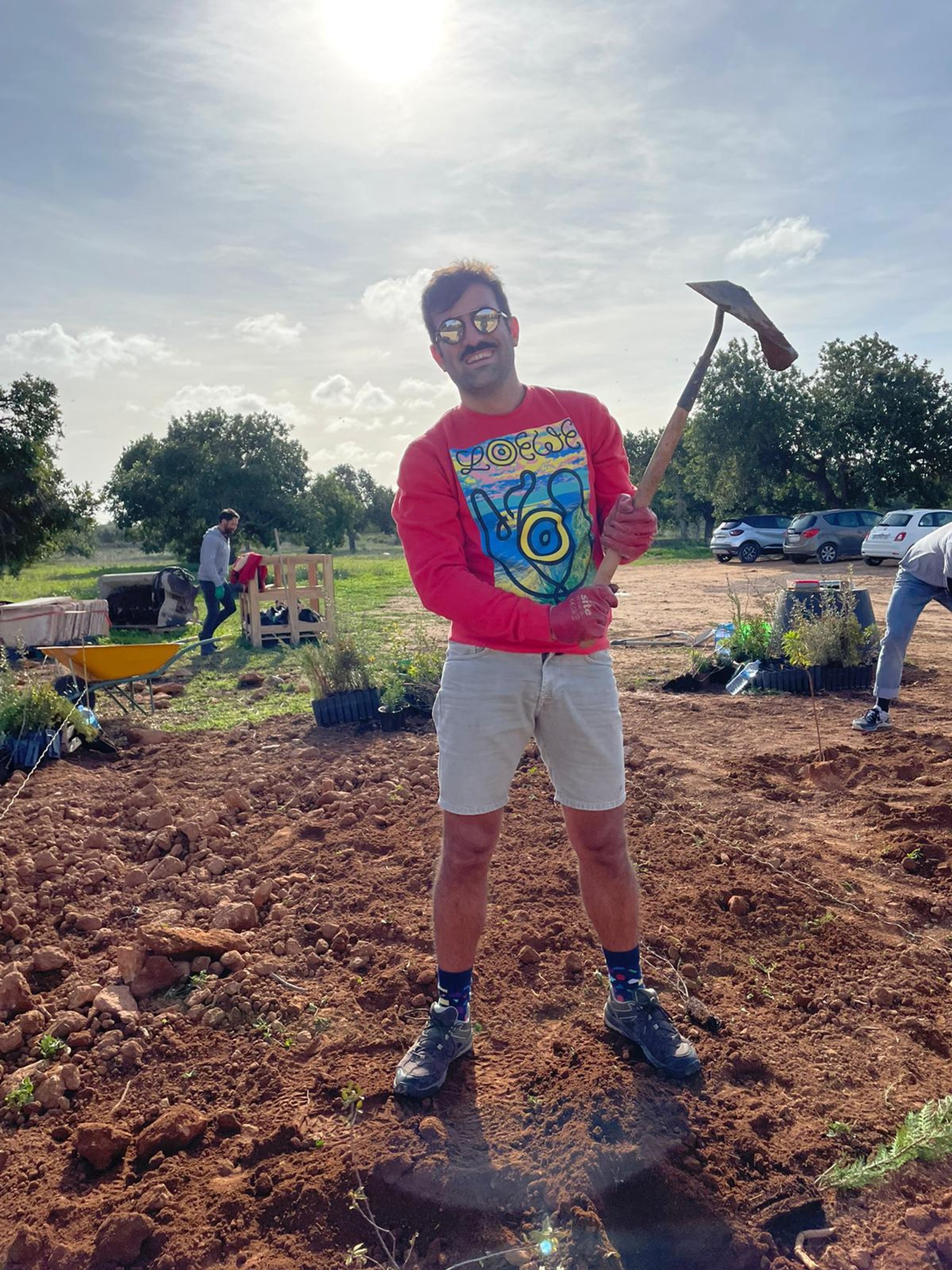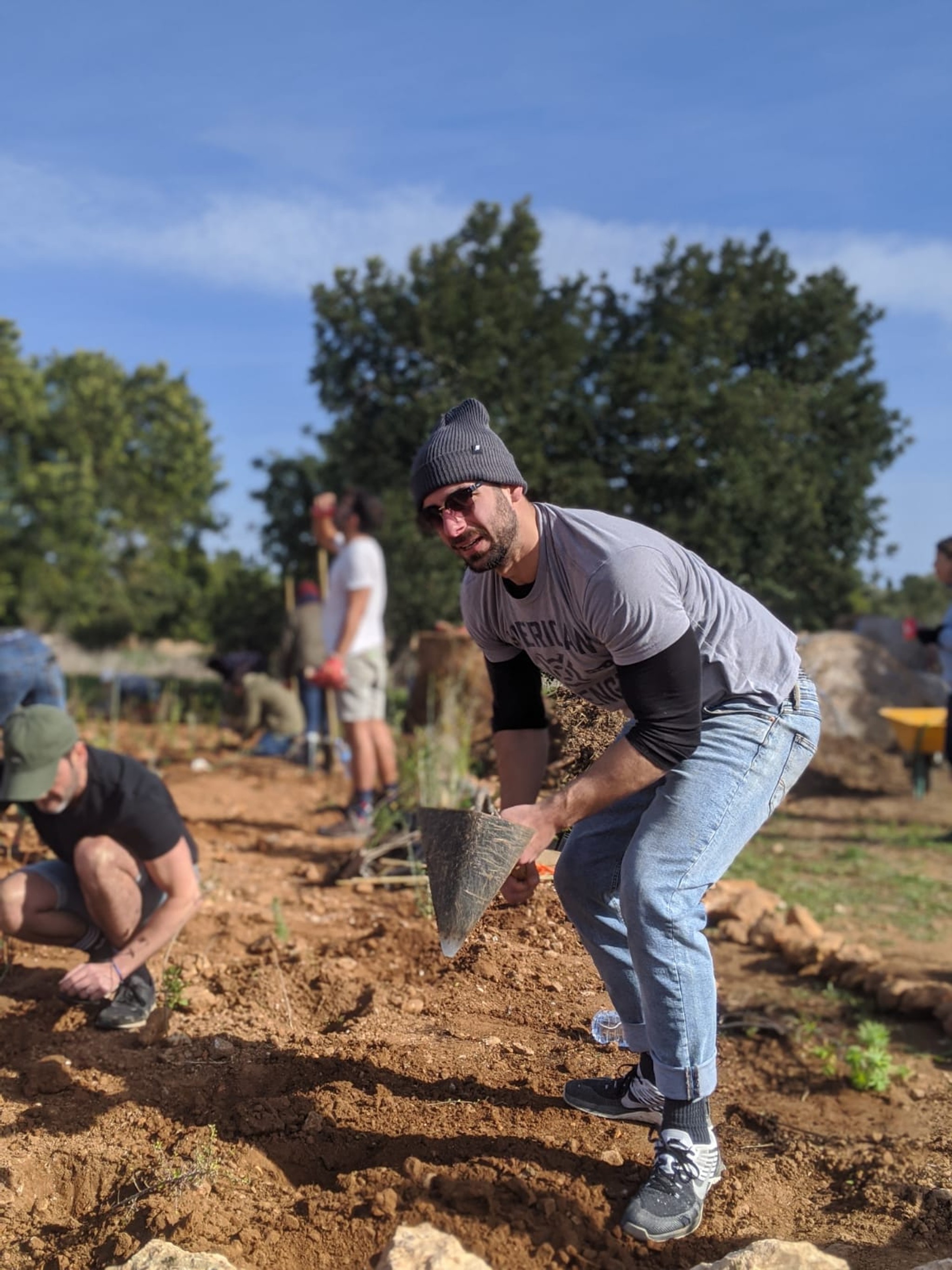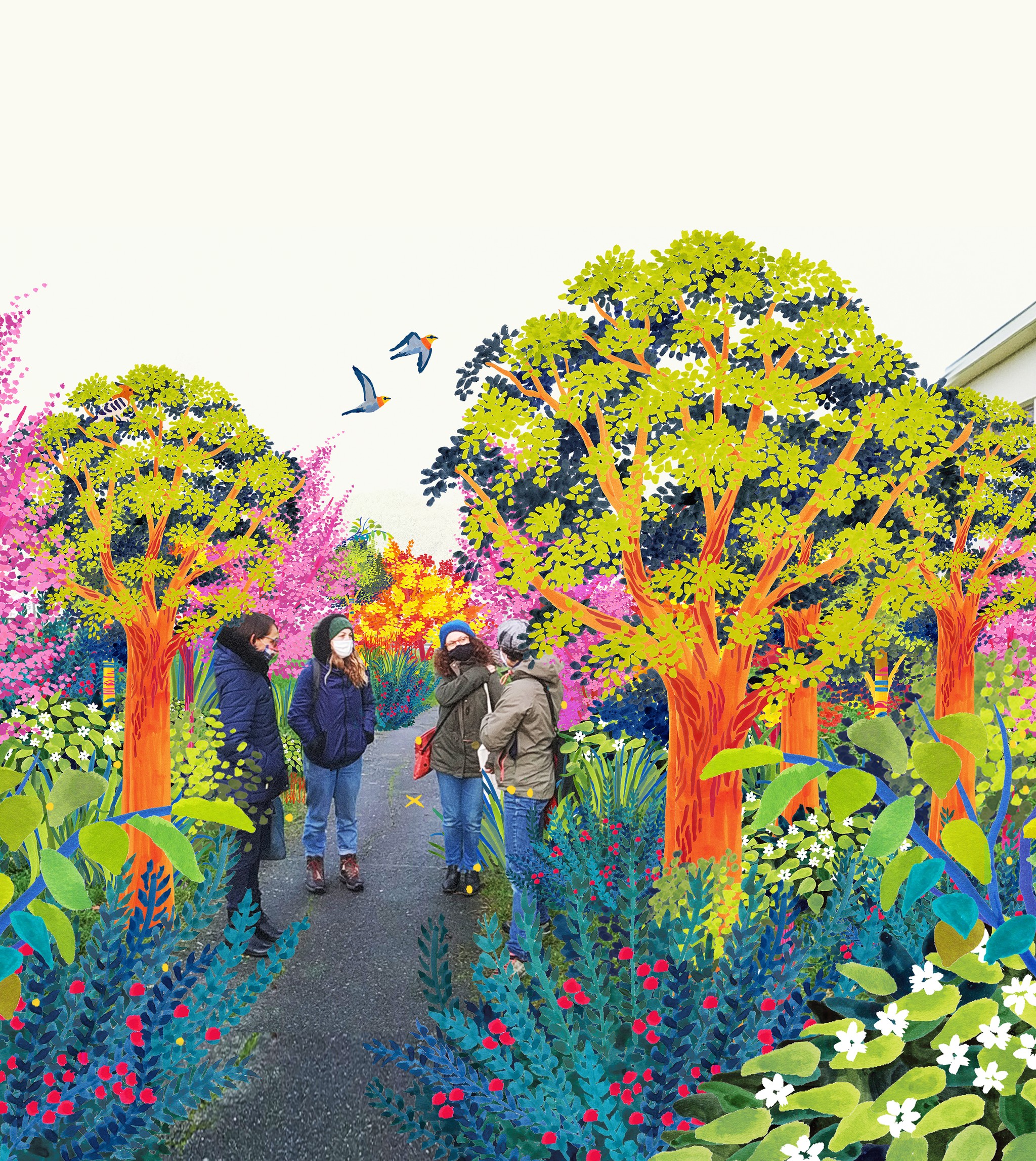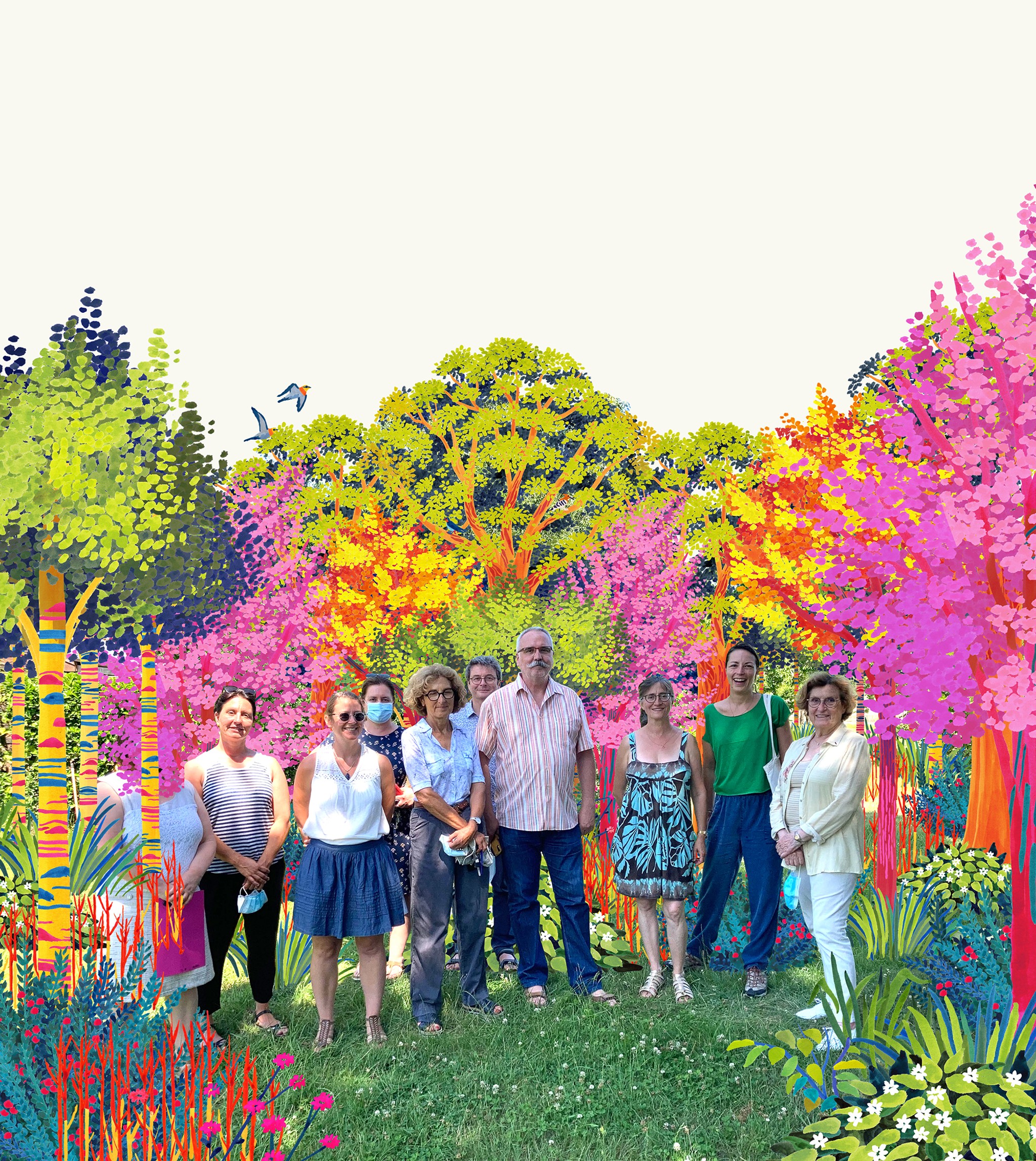MiniSelva
Rewilding degraded and unused agricultural land into a thriving forest.
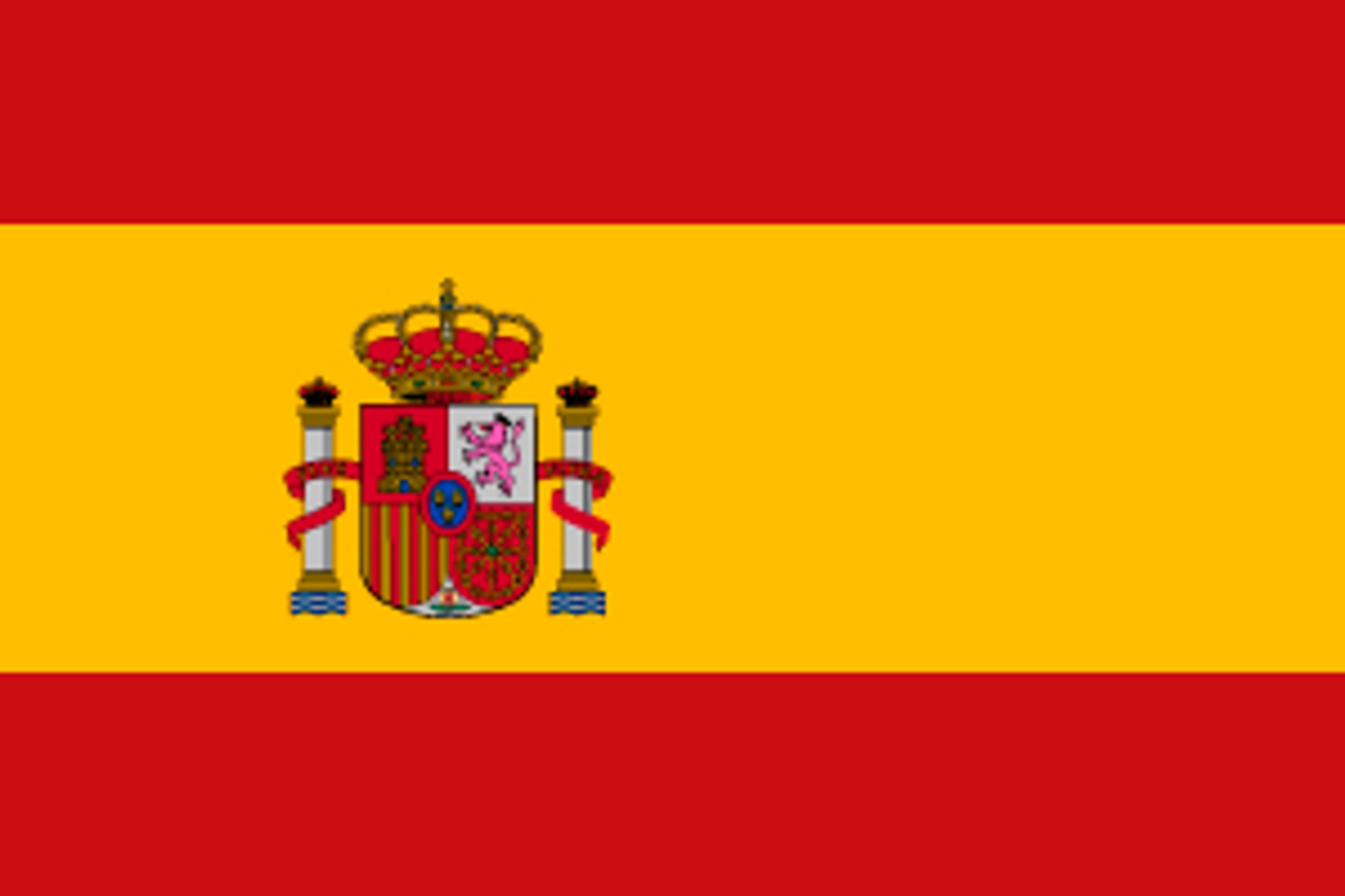
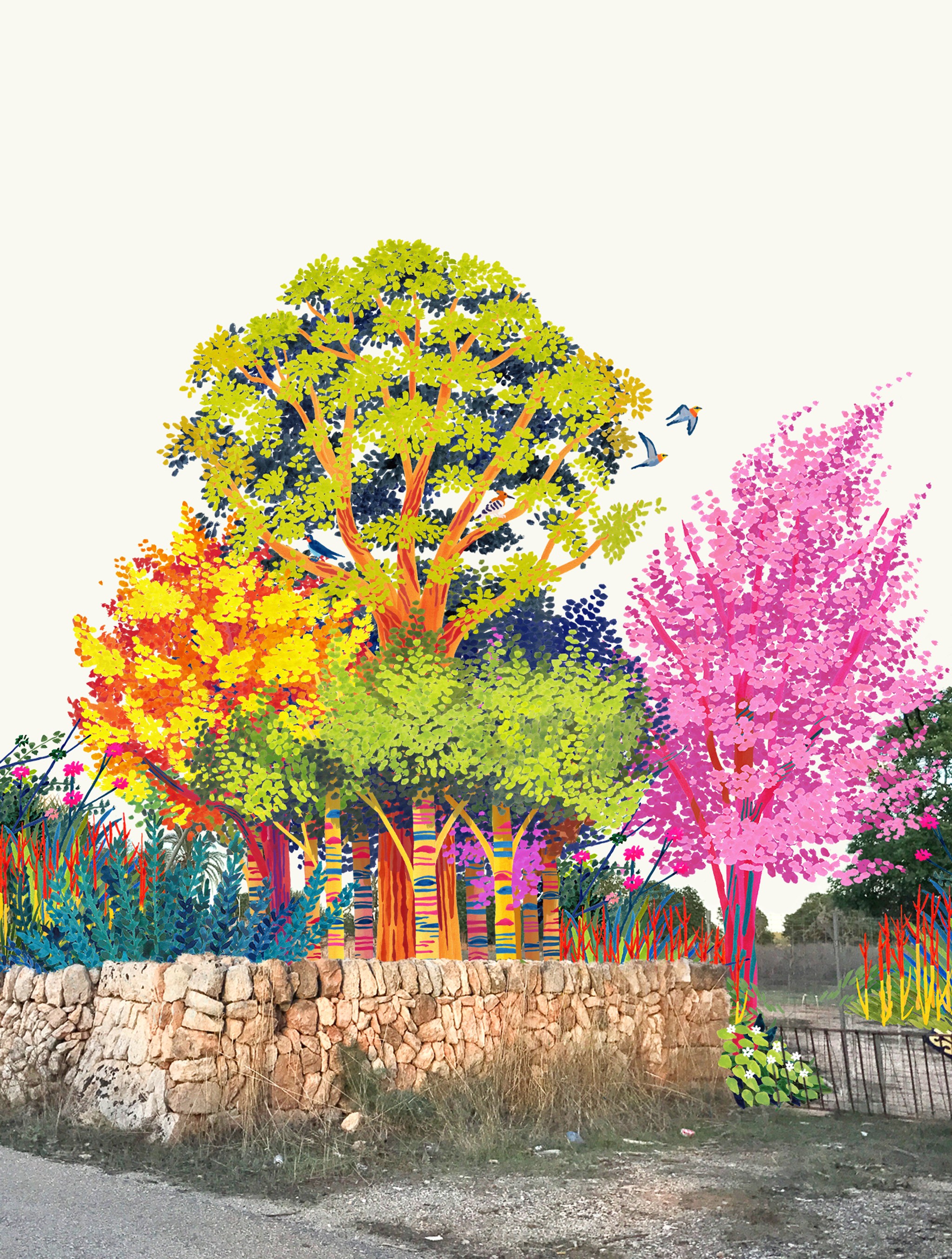
0
Trees
0
Square Meters
0
Native Species
Self Sustaining Forest
Planted in January 2021 on previously bare land, Miniselva is a vibrant and growing forest. Dominated by tall Aleppo pines (Pinus halepensis), the forest is also home to a variety of species like olive (Olea europaea), ioquat (Eriobotrya japonica), carob (Ceratonia siliqua), and mulberry (Morus). The towering pines provide essential shade for the plants below, creating a thriving environment.
Miniselva is teeming with life, from buzzing bee nests to various species of snails and beetles. Notably, the striking 8-spotted jewel beetle (Buprestis octoguttata) adds to the forest's unique biodiversity. This flourishing ecosystem is rapidly reaching its full potential, supporting wildlife and enhancing the local environment.
Forest Maker
MiniBig Forest España
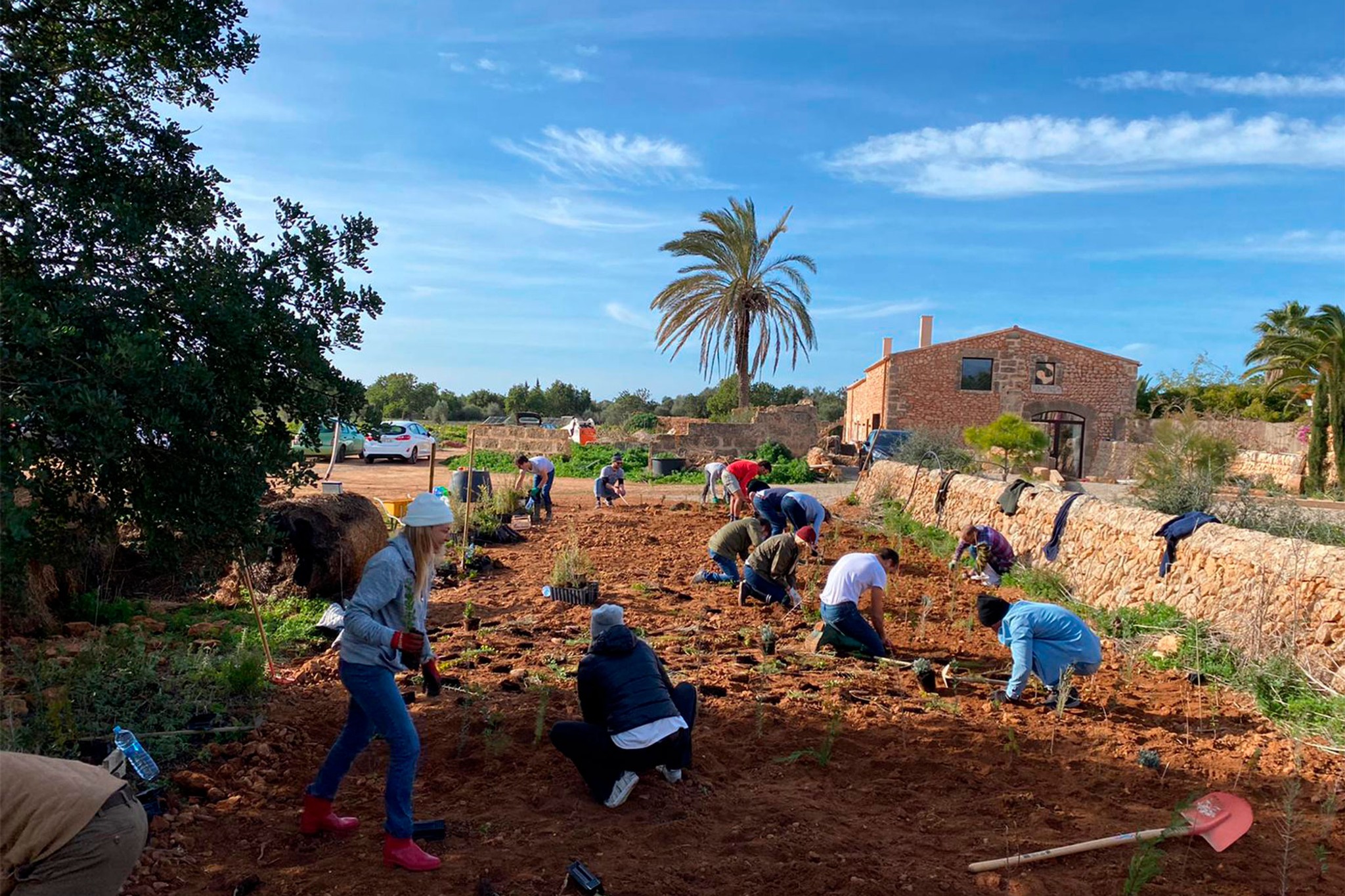

Ecosystem Restored
Final report: 19.12.2024
After approximately three years our SUGi Pocket Forests become self-sustaining. They no longer require human maintenance or watering, and can be handed over to Nature for biodiversity and complexity to naturally develop.
0%
Survival Rate
0
People living within 300 meters
0
kg of potential CO2 sequestration
Biodiversity
Biodiversity is all the different kinds of life you'll find in one area—the variety of animals, plants, fungi, and even microorganisms like bacteria that make up our natural world. Each of these species and organisms work together in ecosystems, like an intricate web, to maintain balance and support life.
0
Potential number of mammals
0
Potential number of birds
0
Potential number of amphibians
“Miniselva will enable an educational project centered around reforestation and land generation for neighboring landowners.”
Ludovic Flandin
Forest Report: 2022
0 Months
Forest Age
0%
Survival Rate
0m
Average of Tallest 3 Trees
This has been a challenging second year for the forest, though survival rate remains good. Due to the summer heatwave, watering the forest was a challenge, despite the irrigation system we put in. We were relying on trucks for water access and hence the forest was watered less regularly as we would have liked. This has certainly affected the forest though growth is steady, with species like rosemary (Rosmarinus officinalis), Aleppo pine (Pinus halepensis) and wild olive (Olea sylvestris) all doing particularly well.
Planting: January 2021















